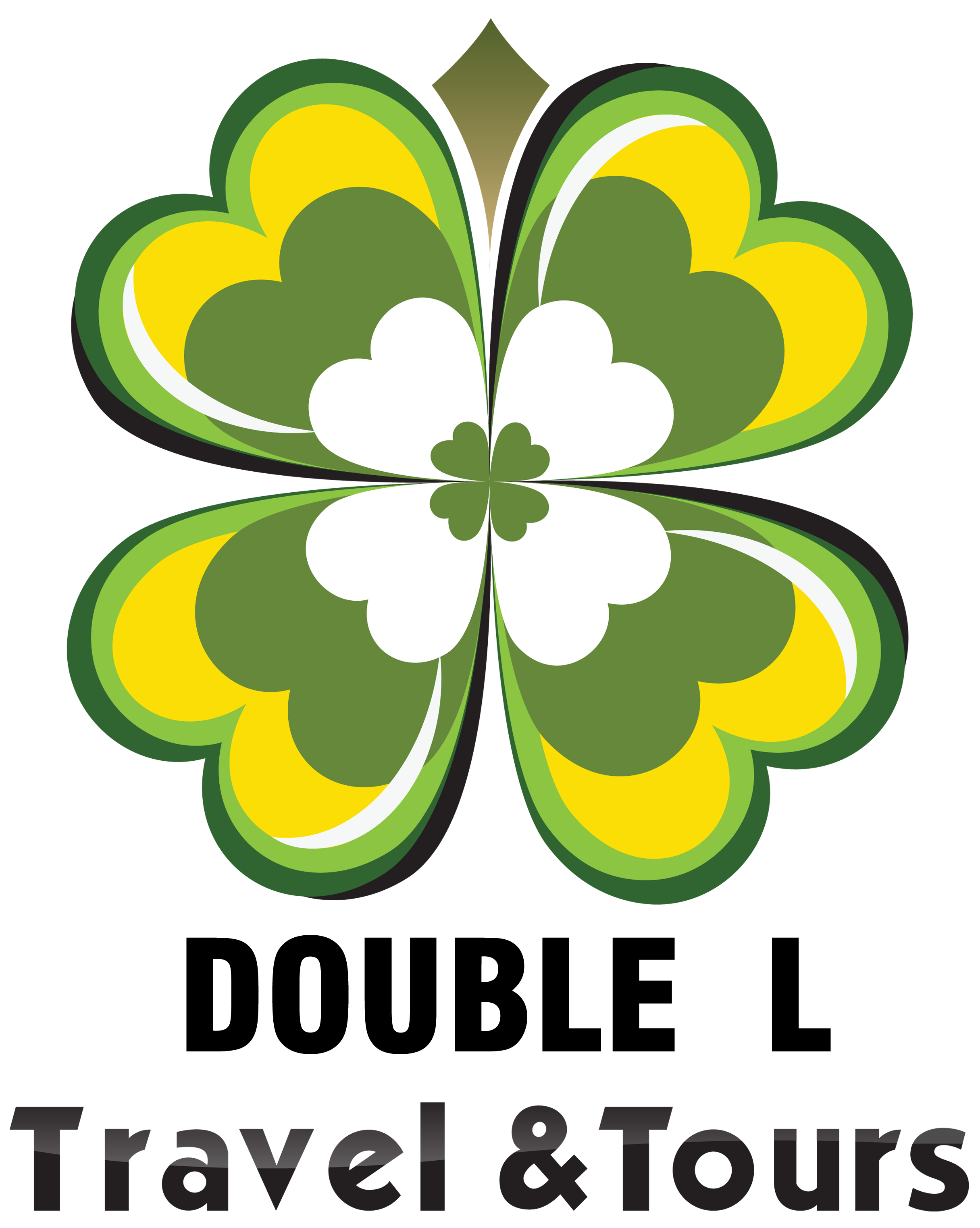Background of Kep City
Kep is a seaside tourist city located 173 kilometers southwest of phnom penh. Visitors phnom penh take national road 3 via kampot province or national road 2 via takeo province. In addition, the train from phnom penh to sihanoukville stops at damnak chang eur station, about 7 kilometers from the city. Foreigners coming from vietname can enter Cambodia via the ha teang prek chak border checkpoint, about 40 kilometers from kep, or the can travel by boat from vietname or sihanouk to the kep city port.
Kep is a small city. The beach, which is suitableKep-2 for swimming, is only 1000 meters long, and the sand is not white as in sihaoukville. However, kep is a big seafood market.
The city was founded in 1908 during the French colonial times. It was renovated into a beautiful seaside resort in 1960s during the prince norodom sihanouk’s sangkum reaster niyum regime. The name kep is derived from the French words le cap or cape in English. A cape is a point of land that just into water, especially a headland significant for navigation.
Khmer legend offers another explanation for the name there once was a prince named sakor reach who possessed great magical powers. One day, sakor reach used this magin to hypnotize a commander of Angkor thom before stealing the commander’s horse and escaping to the southwest part of the country. While sakor reach was relaxing at the seaside, the commander’s troops caught up with him. Nervous , the price suddenly hopped on the back of the commander’s horse the horse reared back, however, and fell on the prince, losing its saddle in the process, the price got back on the horse and rode off, leaving the saddle there. Hence, the area was called kep she it was shortened to kep.
Phnom Sar Sear
Phnom Sar Sear is a nature and cultural site located about 14 kilometers southeast of kep city. This mountain is called phnom sar sear because, according to khmer legend mentioned above, when prince sakor reach led the troops to this place, he got off his horse and moved furtively ahead of his pursuers along the mountainside, where at that time there was an island to which he fled. Thus, the mountain was called phnom sar sear.
Phnom sar sear is composed of their small mountains about 1.5 square kilometers. It is about 40 meters high. The site features two natural caves phnom dorei sar and phnom ach prochiev which tourists can explore. In phnom damrei sar cave, there is beautiful mountain well called viel sre muoy roy. In the past, this site was also popular with filmmakers.
At the foot of the mountain are a number of small halls where clergymen and nuns meditate. Along the way to the mountaintop, there is a Buddhist pagoda where monks live. On the mountaintop sits a colorful, finely sculpted stupa built a 1964 by prince rasmei sophoan. A place of worship, it also houses a Buddha relic.
The fresh air and beautiful natural scenery make phnom sar sear popular with tourists throughout the year. From the mountaintop, visitors have an excellent view of the rice paddies the islands and the sea below, as well as the distant mountains. Buddhists go there to pray for good fortune.
Koh Tonsay
Koh Tonsay is located about 4.5 kilometers southeast of kep. Tourists are drawn to the two beautiful white sand beaches. The sea here is shallow and has a long slope making koh tonsay excellent for swimming at the sea bottom are a variety of corals, Kep-1sea animals and plants which attach researchers and ecologists.
The name Koh Tonsay is derived from the word Rumsay while trying to avoid the commander’s troops, Prince Sakor reach grew hopes because his own troops, began to tire he led his remaining troops across the sea to an island in front of Kep city where the troops spread out. Accordingly, the island was called Koh Rumsay then Koh Ormsay or Koh Omsay, and then Koh Tonsay, as it is known today.
Koh Tonsay is 2 square kilometers during then prince Norodom Sihanouk’s Sangkum Reastr Niuyum regime, it was used as a place to rehabilitate criminals who ware also used to defend the island. Horse cart paths and wooden, thatch roofed motels were also constructed during this time. Most of this infrastructure has been destroyed by weather and decades of war. Today seven families live on the island. They earn their living by fishing and growing coconut trees.
